Hoteliers without invitation
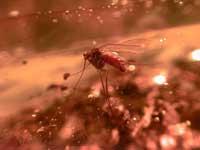
Many of the creatures that inhabit the homes are harmless and generally harmless. However, it sometimes happens that they find very suitable living conditions, temperature, humidity and food, which multiply without measures. It is a plague.
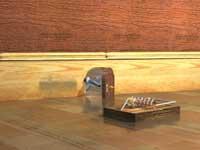
As domestic pests are repeated in most cases, it seems very difficult to do something before. And it is true, but despite the difficulty, there is something to do. The first step may be not to yield access, as well as to reduce the factors that have contributed to it. The person who has suffered from any of these pests is already acting: "easier to say," you won't lack reason! Or yes? Maybe. It is possible to close the accesses. It is not a weekly, monthly, and surely annual task, but every two or three years can make a complete review of housing. Fixing on potential cracks, covering holes in walls or ceilings, and closing window and door seals, for example, are actions that require no special effort and have a good impact.
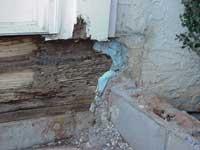
Once the housing is properly sealed, something can be done to prevent the proliferation of beings. For example, keeping the house as clean as possible is essential, especially in the environment where food is handled and accumulated. It is also important to maintain leaks, water wells, condensation zones… that generate moisture as dry as possible. And of course, removing trash often and keeping pets clean will also help fight pests.
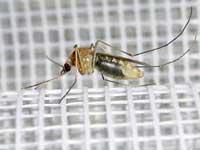
If, despite the above, the plague attacks… bad luck. We will have to change strategies, put aside prevention measures and move on to the attack. Technical? It depends on the pest. The first thing you need to know is what the pest is, its size, what it has caused, from where it has been launched and where it is. Subsequently, depending on this, one or another attack weapon should be chosen, preferably biological, mechanical or chemical systems. There is no lack of offer in the market.
Termites
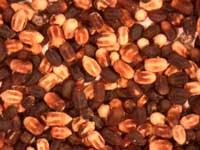
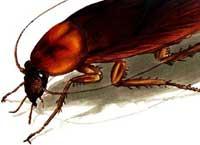
Along with ants and bees, termites are the only insects with an organized society. In this organization the distribution is clear and concrete tasks. Termite workers, for example, make a termory, take care of larvae and eggs and look for food. Likewise, the soldiers watch over the termitatorium and their objective is the reproduction of the couples of kings and the control of the social structure of the same, using pheromones. They are also secondary players. Sometimes the skin is blackened and the wings come out. Then they leave the thermia to make a new one. The new couple loses their wings and where they can lay eggs. From there are born the nymphs that feed the mothers until they become workers. Then, when the number of workers increases, the first soldiers and later secondary players appear. The cycle begins again.
Thermofactories are located in the basement. The termites enter from the subsoil to the walls of the houses and then to the wood. The most suitable solution is insulation measures.
Pipia
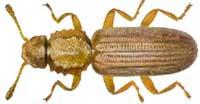
Most insects capable of drilling wood are called pipes. Although seen mainly in wood, pipes are flying insects, with excellent flyers. Therefore, they can fly to remote places. Between summer and autumn they leave the wood and respond to reproductive needs.
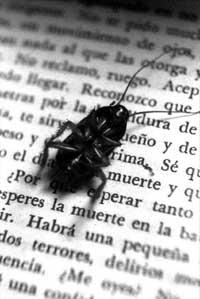
Females usually lay their eggs in the cracks of wood, about 80 per laying. Eggs are usually very small to see the impossible ones. After 4-5 weeks, the larvae leave the eggs. They rub and rub, get into the interior of the wood. They get into tunnels and as they grow they make larger tunnels. They can spend 2-3 years inside the wood. After this time, if they have been moist and temperate, it pushes and the mature larvae leave the wood. At that time they leave trace, hole or sawdust. It is the one seen in the furniture eaten.
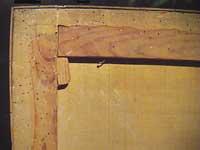
What is described is the standard behavior of pipes. There are many types of pipes and everyone has their habits of life. In one thing there is at least one: the hole that appears in the wood is always the exit, never the entrance.
To finish with the cycle of the pipees it is necessary to lift varnishes or paints that cover the wood and use protective insecticides.
Cockroaches
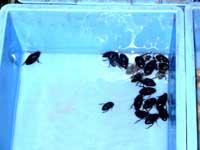
These dark insects are well known to many. Oval and flattened body. This allows them to be inserted into any type of fissure. Their legs are very long and full of thorns, so they are fast and with good climbers. They move mainly at night. They eat at night, drink and find a couple at night. However, cockroaches can also be seen during the day. When they are hungry or thirsty, or just when the cockroach population grows too much. In general, cucarachos love moisture, moisture and heat.
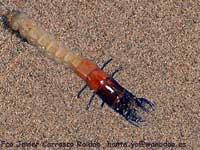
Born from the egg, cockroaches become nymphs until they become mature. Some species also have wings, but only a few males can fly.
The abundance of cockroach species makes behavior vary greatly, but they have something in common: they live at ease with man. Cockroaches eat everything, any residue, but what they like most are starchy substances, sweets and meat. By default they can eat fabrics, paper, clothes…
The best system to combat these insects are insecticides.
Rats and mice
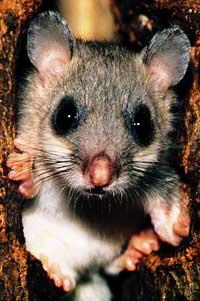
Mice and rats are the usual biological cycle of mammals. After fertilization, at 21 or 22 days according to the species, females leave from 5 to 14 offspring. In 2-3 months these babies will be adults. These mammals can do it several times a year. If the temperature is mild, if the food is easy to get and they find a good hiding place, they can give birth up to seven times a year. In homes, especially in summer and autumn, they seek refuge and food.
Mice and rats leave enough clues: standing marks in the dust zones, friction marks, hairs, urine remains… They are also not silent, their runs are easy to hear and if the rest of the animals in the house are more nervous than normal, it may be due to these rubbers.
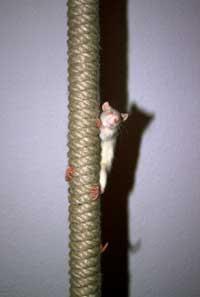
These animals of bad reputation have learned very well to live inside the houses, but, depending on the species, they have different customs. For example, sewer rats live in wet areas. They are excellent meals. Paper, wood, rubber, lead, vegetables, insects… eat everything. And not a few: a third of their daily weight. Nest underground or in sewers and go to homes for food. The black rat, meanwhile, is attracted to dry places. He eats animals and vegetables and, as a good climber, he stays in trees and chambers.
Rats are very suspicious. When they find some food, they try a single rat and, if they die, the rest do not eat it. They have a great immunization capacity because they have a system that transforms their metabolism.
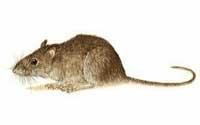
Normally rats live in places where dirt accumulates, so they can be vectors of many diseases.
There are many anti-rat systems, but the most used and effective are poison and prey.
Flying insects
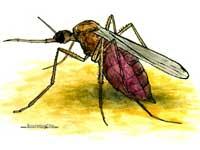
They are already asleep and until spring they will not wake up until the sun begins to warm up. Until then, many of them will remain hidden in the warm interior of the house. When they wake up, peace is over!
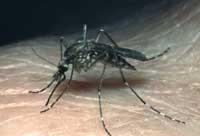
Insecticides, flies, wipes, ultraviolet devices... are not worse solutions, but there is no better than mosquito nets. And if flying insects do not enter they will not bother. Therefore, avoiding the entrance, cleaning the house every day, watching well the fruit bowl so that there is no corrupt fruit and having the lights off when the windows open at night are not the worst measures to live without flying insects.
Fleas
The flea and itching happen. Fleas live from the absorption of blood from warm-blooded animals. Despite the minimal wound of absorption, itching is usually not negligible. In the house they often go with animals, but they also use clothes.
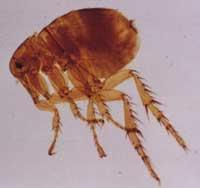
The first step to get rid of fleas is to clean the vector, the animal. To do this, there are a wide variety of products on the market that, if used correctly, do not generate problems. It is advisable to perform cleaning outside the house, since at the beginning of cleaning it is possible that fleas jump and disperse through the house.
Home after cleaning the animal. The vacuum cleaner is the most effective tool, since in addition to fleas, it also cleans eggs and larvae. Carpets, carpets, sofas, pillows, beds, etc. should be cleaned especially.
Once the pest is cleaned, it is advisable to take preventive measures to prevent it from being repeated. It is enough with necklaces, tablets and cleaning against fleas.
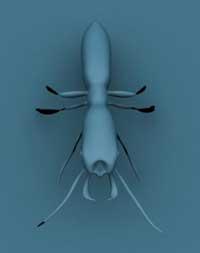
Published in D2 section of Deia.
Buletina
Bidali zure helbide elektronikoa eta jaso asteroko buletina zure sarrera-ontzian











